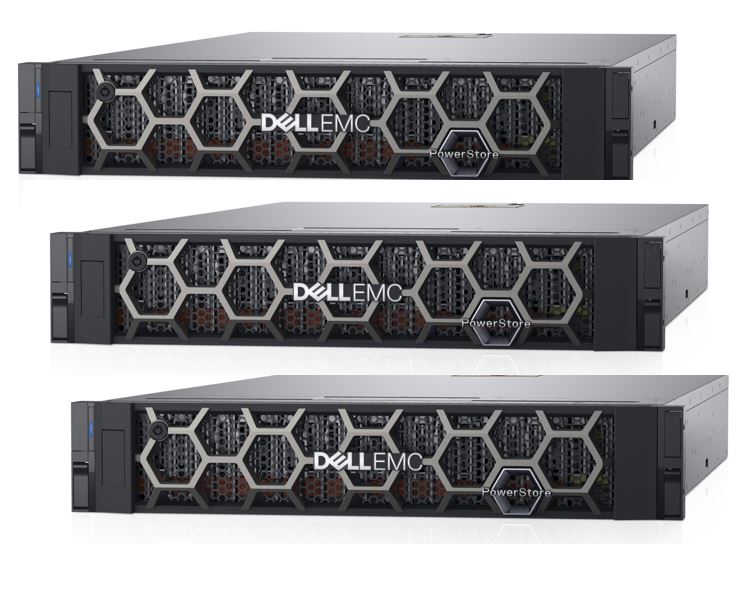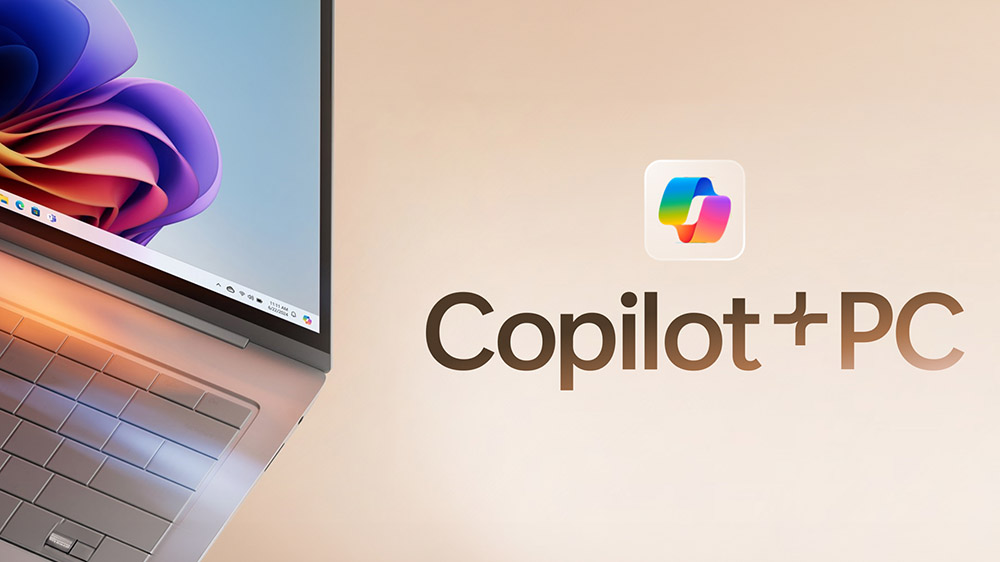Dell Technologies has rolled out a lower-cost addition to its PowerStore line of midrange storage arrays, along with a software update designed to enhance performance on existing models.
The new device, called the PowerStore 500, fits up to 1.2 PB of capacity in a 2U, two-node enclosure with slots for 25 2.5″ NVMe drives. Users can connect up to four of the units in a scale-out architecture as well to form a 4.8 PB cluster. According to Dell, a single array can support up to 1,500 virtual desktops and perform up to 2.4 million SQL transactions a minute.
Designed to balance scalability, speed, and affordability, the PowerStore 500 lists for $28,000 and up.
“That’s going to bring PowerStore now and its advantages to a much broader range of businesses and use cases than ever before,” says Jon Siegal, vice president of marketing in Dell’s Infrastructure Solutions Group.
Dell will begin accepting PowerStore 500 orders on May 4th. Global shipments will commence on June 10th.
The software update, officially dubbed PowerStoreOS 2.0 and provided at no extra cost, delivers up to 25% faster performance on mixed workloads and up to 65% faster write speeds. Users can apply it to both new and existing appliances, Dell says, without disrupting operations.
Key features in the update include enhanced data reduction technology that’s designed to dynamically optimize capacity and performance simultaneously. “For example, when the system is under extreme IO demands, it automatically now can prioritize IO and deprioritize dedupe until the load lightens,” Siegal says. “Essentially what this is doing is allowing customers to better meet their performance SLAs while still meeting data reduction goals.”
An upgrade to Dell’s PowerStore Dynamic Resiliency Engine, which protects against multiple drive failures, adds support for dual parity protection to previous support for single parity. “Now for those customers that have a strict dual parity requirement, it supports multiple drive failures within a resiliency set for virtually any drive failure situation,” Siegal says.
New “smart tiering” functionality lets organizations deploy both storage-class memory (SCM) and NVMe drives in the same chassis, instead of one or the other as before. Dell foresees users taking advantage of that capability to equip a single device with multiple NVMe drives for storing data and a single SCM drive for providing metadata access.
“This is going to be really ideal for active datasets, where data moves out of the cache quickly,” Siegal says.
PowerStore arrays running the new OS can also utilize NVMe over Fibre Channel to extend existing NVMe support within the appliance itself to the entire network. Until now, SCSI has been the only transport layer option for PowerStore users.
“NVMe over fabric is much more efficient and scalable than SCSI, and it’s designed to make an external network array essentially feel like direct-attached storage to the host itself,” Siegal says.
A new version of Dell’s AppsON feature supports scale-out configurations involving multiple arrays. “We can now move workloads easily within an intelligent PowerStore cluster,” Siegal says. “This makes it much more ideal now for storage-intensive applications at the edge.”
AppsON ships with products in the X series of PowerStore devices, which are designed for use in edge scenarios. The system lets users run applications directly on a built-in copy of VMware’s ESXi hypervisor.
PowerStoreOS 2.0 becomes available on June 10th.
Dell introduced the PowerStore line last May. Since then, the company has shipped more than 400 PB of capacity in over 60 countries. In the final quarter of its 2021 fiscal year, which ended in January, Dell recorded a 4x spike in PowerStore revenue over the prior quarter, fueling an 8% improvement in midrange storage sales generally on a year-over-year basis. According to Siegal, 20% of PowerStore buyers are net new Dell customers.
PowerStore has been an important source of good news in storage for Dell, which conceded as recently as last month that sluggish shipments were a continuing problem. The company recently extended a previously introduced storage sales incentive program to let resellers collect roughly 20 points of incremental profit on front-end discounts on top of additional back-end rebates.














